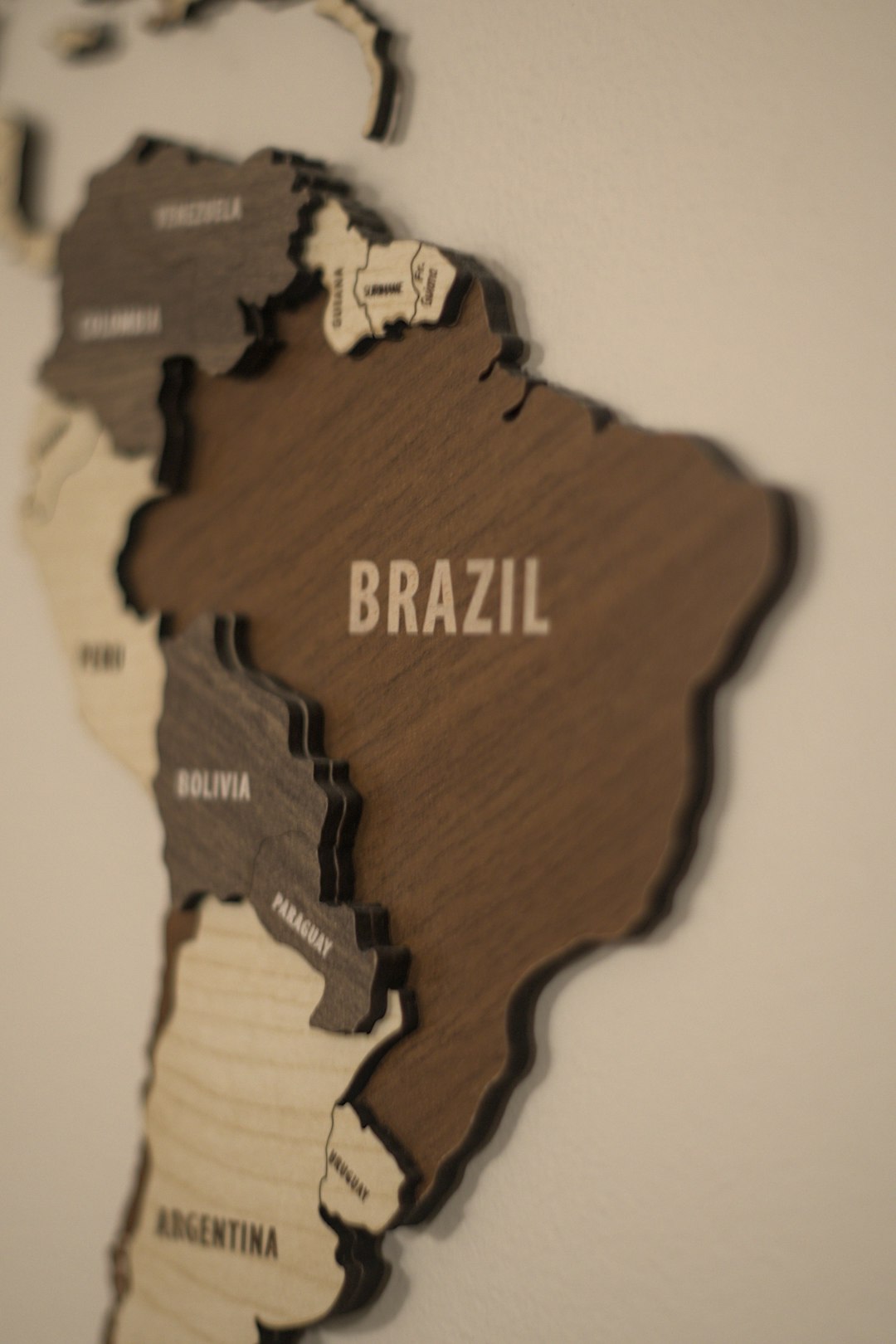Brazil: A Comprehensive Overview
Introduction
Brazil, the largest country in South America and the fifth largest in the world by both area and population, is renowned for its vibrant culture, diverse ecosystems, and powerful economy. Located primarily in the tropics, Brazil is home to the famous Amazon Rainforest—often called the “lungs of the Earth.” From the pulsating rhythms of Rio de Janeiro’s Carnival to the richness of the Pantanal wetlands and the economic might of São Paulo, Brazil is a land that captivates locals and visitors alike.
Geographical Features
Brazil covers an area of 8,515,767 square kilometers (3,287,956 square miles), making it nearly half the size of South America. It is bounded by the Atlantic Ocean to the east and shares borders with every South American country except Chile and Ecuador.
| Region | Key Features |
|---|---|
| Amazon Basin | Largest rain forest; biodiversity hotspot |
| Pantanal | World's largest wetland |
| Cerrado | Tropical savanna; critical for wildlife |
| Atlantic Forest | High endemism; heavily deforested |
| Coastal Regions | Major cities; beach culture |
The landscape includes plateaus, lowlands, highlands, and extensive river systems, most notably the Amazon and São Francisco rivers.
Demographics and Language
With an estimated population exceeding 215 million in 2024, Brazil is the most populous country in Latin America and the sixth most populous globally. Its society is a melting pot of indigenous, European, African, Middle Eastern, and Asian ancestries.
| Ethnic Group | Approximate Percentage |
|---|---|
| White (European) | 47.7% |
| Pardo (Mixed race) | 43.1% |
| Black (African) | 7.6% |
| Asian | 1.1% |
| Indigenous | 0.5% |
Source: 2022 Brazilian census
Portuguese is the official language, making Brazil the largest Portuguese-speaking nation in the world. Other languages such as Spanish, English, German, Italian, and indigenous languages are also spoken.
Political Structure
Brazil is a federative presidential constitutional republic, comprising 26 states and the Federal District (home of the capital, Brasília). Elections are held every four years. The President serves as both head of state and head of government.
| Branch of Government | Description |
|---|---|
| Executive | President and cabinet |
| Legislative | National Congress (Senate and Chamber) |
| Judicial | Supreme Federal Court and lower courts |
Economy
Brazil boasts the world’s 10th largest economy by nominal GDP (2023 IMF data). Major industries include agriculture, mining, manufacturing, and services. It is the world's leading exporter of coffee, soybeans, beef, iron ore, and orange juice.
Key Economic Indicators
| Indicator (2023) | Value |
|---|---|
| GDP (nominal) | $2.13 trillion USD |
| GDP per capita | ~$9,800 USD |
| Main exports | Soy, iron ore, oil, cars |
| Main partners | China, USA, Argentina |
| Inflation rate | ~4.6% |
| Unemployment rate | ~8% |
Growth has been challenged in recent years by political instability, inflation, and social inequality, but there are ongoing reforms.
Culture and Society
Brazilian culture is a dynamic fusion influenced by European colonists, African slaves, indigenous populations, and immigrants.
- Festivals: Carnival, Festa Junina, Parintins Folklore Festival.
- Music: Samba, bossa nova, forró, MPB (Música Popular Brasileira).
- Cuisine: Feijoada (bean stew), pão de queijo (cheese bread), brigadeiro (chocolate sweet), regional seafood dishes in the North and Northeast.
Religion
Most Brazilians are Roman Catholic, but Protestantism and Afro-Brazilian religions like Candomblé also have significant followings.
| Religion | Percentage |
|---|---|
| Catholicism | 64.6% |
| Protestantism | 22.2% |
| No religion | 8.0% |
| Other/undeclared | 5.2% |
Environmental Challenges
While blessed with immense biodiversity, Brazil faces significant environmental threats:
- Deforestation in the Amazon, mainly due to agriculture and logging.
- Urbanization strains infrastructure and increases pollution.
- Water Pollution impacts major rivers and coastal areas.
- Climate change threatens sensitive biomes.
Programs like the Amazon Fund and NGO initiatives aim to combat these issues.
International Relations
Brazil is a member of major global organizations, including the United Nations, G20, BRICS, Mercosur, and the Organization of American States. It plays a prominent diplomatic role in Latin America and is influential on global trade, environmental, and political issues.
Tourism
Brazil attracts millions of international visitors annually. Popular destinations include:
| Destination | Highlight |
|---|---|
| Rio de Janeiro | Christ the Redeemer, Copacabana |
| Iguaçu Falls | Spectacular waterfall system |
| Salvador | Colonial architecture, Afro-Brazilian culture |
| Amazon Rainforest | Biodiversity, ecotourism |
| Pantanal | Wildlife safaris |
Challenges such as safety concerns and infrastructure issues persist, but Brazil's natural beauty and cultural charm remain powerful draws.
Conclusion
Brazil is a nation of contrasts—a place of stunning natural spectacles, economic opportunity, and complex social dynamics. As it navigates 21st-century challenges, it continues to exert a powerful influence on the global stage through its culture, resources, and people. With reform and sustainable development, Brazil’s future remains as vibrant and promising as its famous Carnival parades.
